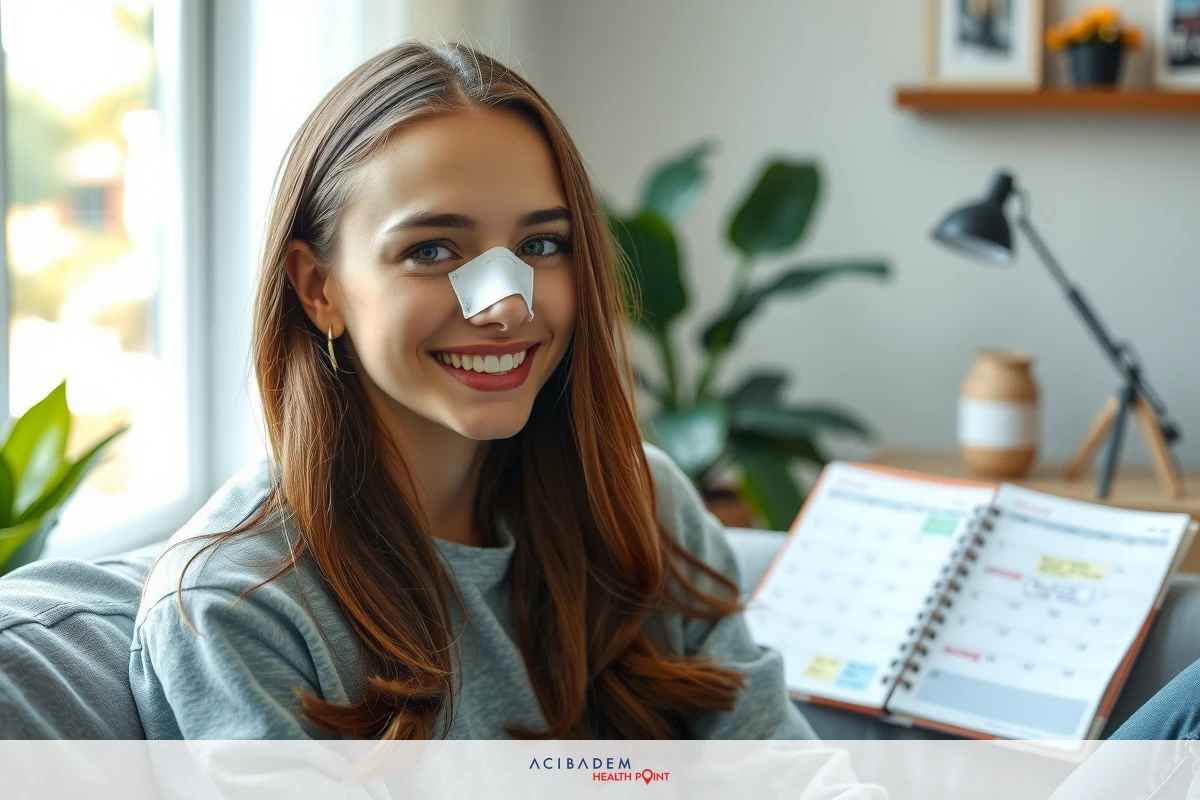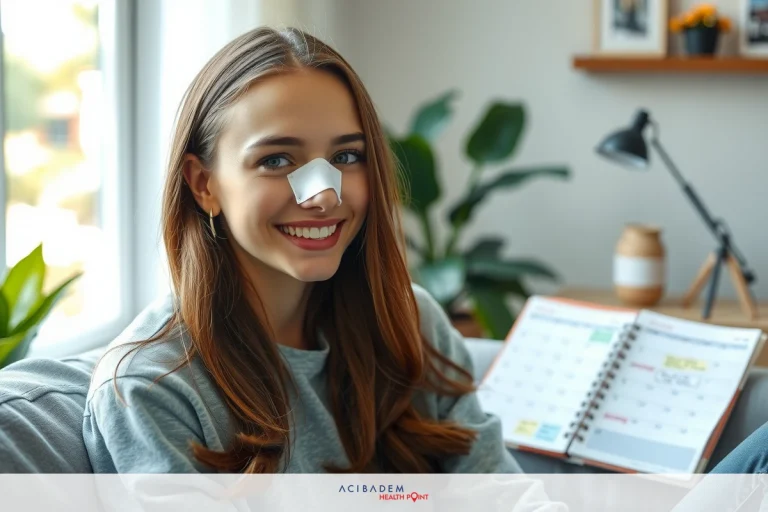What is Done in Rhinoplasty
What is Done in Rhinoplasty Rhinoplasty is a cosmetic procedure catered towards enhancing the aesthetic appearance of your nose. This enhancement can be achieved by altering the size and shape of your nose, or by fixing any inherent structural issues that may cause breathing problems. It’s essential to have a clear understanding of what this process entails before deciding to undergo it.
This article will equip you with insights into the benefits of rhinoplasty, the procedural steps involved, and how to effectively handle your recovery and aftercare. By presenting this information in an accessible manner, we hope to give you the knowledge needed to make an informed decision about whether this procedure is right for you.
Benefits of Rhinoplasty
Rhinoplasty carries with it a multitude of benefits, both aesthetic and functional. Aesthetic enhancement is one of the main reasons individuals choose to undergo this procedure. The ability to alter the shape, size, or symmetry of one’s nose can drastically increase self-confidence and satisfaction with one’s appearance. This cosmetic surgery allows for individual customization, meaning each procedure is tailored specifically to the patient’s desires and needs.
In addition to aesthetic enhancement, rhinoplasty also has several functional benefits. For individuals who have suffered from a broken nose or have structural abnormalities since birth, this nose surgery can significantly improve breathing functionality. By reshaping the internal structure of the nose, airflow can be improved, leading to less difficulty in breathing and fewer issues such as constant congestion or sinus infections. This procedure can offer a long-term solution for these problems, improving overall quality of life.
Interestingly, rhinoplasty can also bring about psychological benefits. It’s not uncommon for people to feel self-conscious about their noses due to its central position on the face. After undergoing this procedure, many patients report feeling less self-conscious and more confident in their appearance. This increased confidence can lead to improvements in social interactions and personal relationships. Thus, while rhinoplasty is often viewed as a purely cosmetic surgery, its benefits extend far beyond surface-level changes.
The Rhinoplasty Procedure
The rhinoplasty procedure is a highly individualized process that varies based on the patient’s specific needs and desired aesthetic enhancement. Despite the differences in each case, there are common steps involved in every nose surgery. Understanding these steps can provide peace of mind and help you prepare for your procedure.
- Consultation: Prior to the actual procedure, you will have a consultation with your surgeon. You will discuss your goals for the surgery and the surgeon will assess your nose structure to determine the best approach.
- Anesthesia: At the beginning of the surgery, anesthesia is administered to ensure comfort during the procedure. This could be general anesthesia or intravenous sedation, dependent on your surgeon’s recommendation.
- Incisions: The surgeon makes incisions either inside the nostrils (a closed procedure) or across the tissue separating the nostrils (an open procedure). The choice between open and closed rhinoplasty depends on what needs to be done.
- Reshaping: Depending on your desired outcome, the surgeon may remove bone and cartilage or add tissue for an optimal shape. If your nose needs to be straightened or if you have a hump, the surgeon will adjust the bone accordingly.
- Correction of Deviated Septum: If you have a deviated septum, which can affect breathing, this will be corrected by adjusting the nasal structure to produce better alignment.
- Finishing and Closing Incisions: After all adjustments have been made, the tissue and skin are redraped

The image shows a young woman sitting on a couch indoors. She has a noticeable black strip above her eye, which suggests she may have had an accident or injury. The woman is smiling and looking at the camera. In the background, there’s a potted plant, a small table with a book and notebook on it, and a wall-mounted lamp to the left side of the frame. over the structure of your nose. The incisions are then closed.
- Recovery: Once the surgery is complete, you will spend some time in a recovery room where medical staff will monitor you as you wake up from anesthesia.
The rhinoplasty procedure is an intricate process of cosmetic surgery that requires expertise and precision. It’s important to consult with a qualified surgeon to ensure the best results for your individual needs.
Recovery and Aftercare
Recovering from a rhinoplasty procedure is a crucial part of the journey towards aesthetic enhancement. The healing process is unique for each individual and largely depends on the specifics of their nose surgery. However, there are some common experiences that most patients can expect during their recovery.
Immediately after the procedure, patients will typically experience some level of swelling and bruising around the eyes and nose. This is a normal part of the healing process and should gradually subside over two to three weeks. It’s recommended to use cold compresses and keep the head elevated as much as possible during this period to help reduce these symptoms. A light diet is also advised in the initial recovery days to prevent nausea while your body adjusts post-surgery.
In most cases, patients can return to work or resume their normal activities about a week or two following the procedure. It’s important to avoid strenuous activities or anything that could potentially cause injury to your nose during this period. Regular check-ups with your surgeon are essential in ensuring a smooth recovery. The surgeon will remove any external sutures or splints during these visits and monitor your progress closely.
Taking care of your nose post-surgery also involves long-term care. Protecting your nose from the sun is crucial to prevent discoloration and ensure best results. Using sunscreen or wearing a hat when going outdoors can significantly aid in this. It’s also beneficial to maintain a balanced diet and regular exercise routine once fully recovered. Remember, patience is key in rhinoplasty recovery. While you may see immediate changes post-surgery, the final result may take up to a year to fully manifest as your nose continues to subtly refine itself.
Frequently Asked Questions
Is rhinoplasty a painful procedure?
The level of discomfort experienced during and after rhinoplasty can vary from person to person. During the surgery, you will be under anesthesia, so you won't feel any pain. However, some mild pain and discomfort can be expected during the recovery period. Your surgeon will provide you with pain medication to manage any discomfort, and most patients find that the pain is manageable with proper medication and rest.
How long does it take to see the final results of rhinoplasty?
While some changes will be immediately noticeable after the surgery, it takes time for the swelling to fully subside and for your nose to settle into its final shape. The initial swelling should significantly reduce within a few weeks, but it can take up to a year for the final results to become fully apparent. Patience is key during the healing process, as gradual improvements will occur over time.
Are there any risks or complications associated with rhinoplasty?
As with any surgical procedure, there are potential risks involved with rhinoplasty. These risks include infection, bleeding, adverse reactions to anesthesia, scarring, and unsatisfactory results. However, by choosing an experienced and board-certified plastic surgeon, following post-operative instructions carefully, and attending all follow-up appointments, you can minimize these risks and increase the likelihood of a successful outcome.
Will rhinoplasty affect my ability to breathe through my nose?
Rhinoplasty can actually improve breathing function for individuals with structural issues such as a deviated septum. In many cases, correcting these issues is part of the rhinoplasty procedure itself. However, it's essential to discuss your concerns about breathing with your surgeon during the consultation stage so they can evaluate your specific situation and address any concerns.
Can I wear glasses or sunglasses after rhinoplasty?
It's generally recommended to avoid wearing glasses or sunglasses that rest on the bridge of your nose for at least a few weeks after rhinoplasty. The pressure from the glasses can interfere with the healing process and potentially affect the final results. Your surgeon will provide specific instructions regarding when it is safe to resume wearing glasses or sunglasses, and may suggest alternative options during the initial recovery period.











